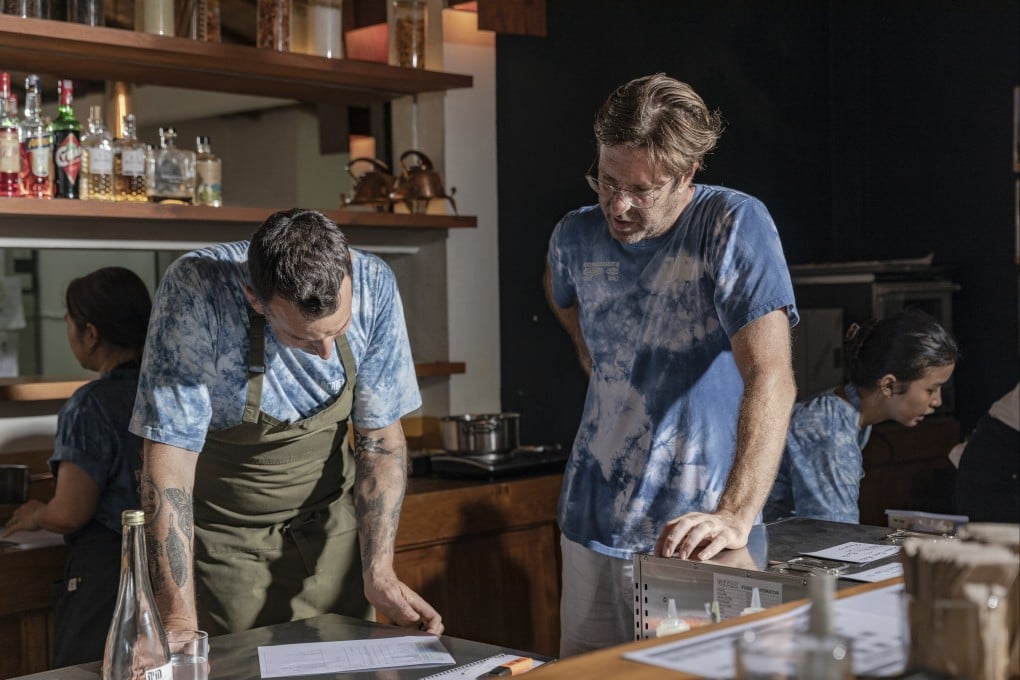The farm-to-table Southeast Asian chefs on a mission to make dining more sustainable
- From Singapore to Bali and Phuket, chefs using produce grown locally or in kitchen gardens aim to get diners thinking about food they eat

It is hard to believe that Dempsey Hill in Singapore is just five minutes from the glitzy malls of Orchard Road. Time slows down when you enter this hideaway, the site of Air, the new venture of chefs Matt Orlando and Will Goldfarb.
It is a restaurant, cooking school, research space and garden farm rolled into one – a free-form space built upon years of conversation between the chefs on the value of food in a world becoming ever more industrialised.
With Air, Orlando and Goldfarb aim to stretch guests’ imaginations as to the possibilities for using local produce, such as by employing papaya seeds and skins in a dessert and turning fish bones into noodles using a pressure cooker.

Orlando and Goldfarb hope that, by attaching importance to the provenance of ingredients, they will encourage diners to reconsider their relationship with the land and the food it provides.
“I don’t think there’s any city in the world that has a more nuanced appreciation of how food is prepared than Singapore,” says Goldfarb. “Everyone you meet on the street has a person who makes their chicken, noodles or even pig intestine just the way they want.
